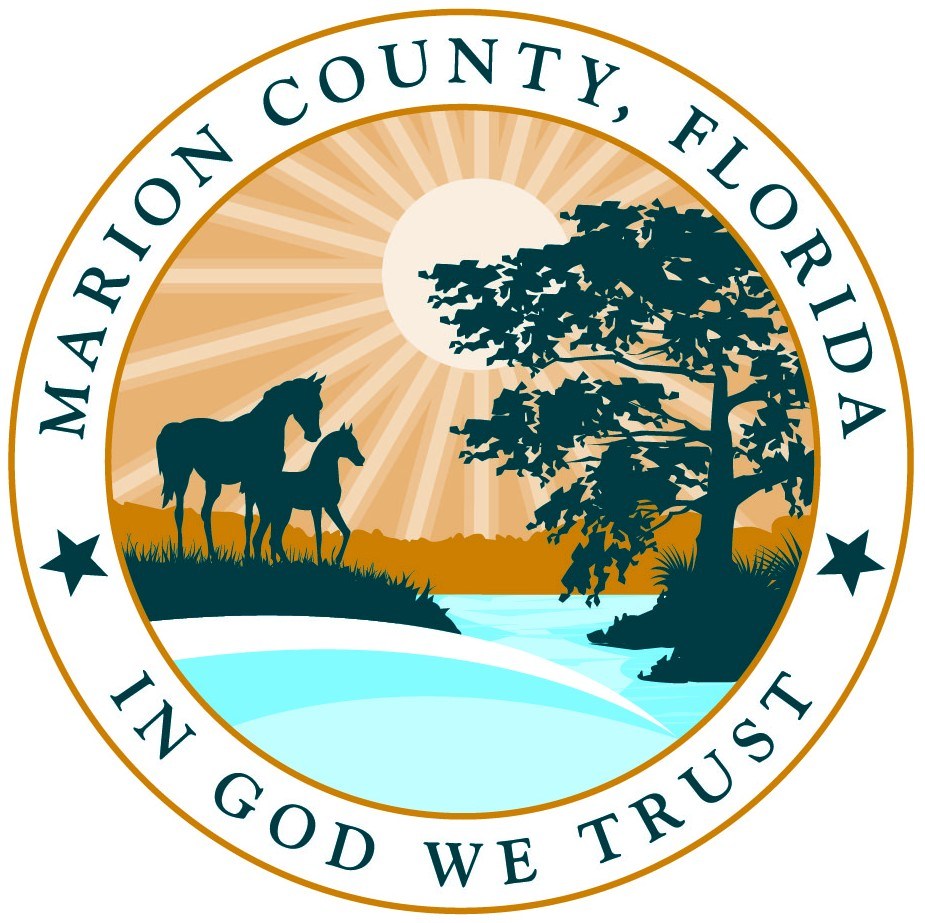County Commission slashes building fees amid criticism of new spending for building inspectors

Marion County commissioners this week slashed fees for building permits.
But, simultaneously, critics denounced the board’s parallel plan for new spending for the Building Safety Department almost immediately after cutting its budget by more than $2 million, to the benefit of homeowners and contractors alike.
The issues meshed on Tuesday, as the commission unanimously approved a proposal to cut fees for building permits, inspection requests and plan reviews by 40 percent for a year.
For example, the permit fee for a proposed 1,500-square-foot single-family home would drop from $525 to $315.
The change takes effect Oct. 1. It affects only construction projects in unincorporated Marion County.
Department Director Mike Savage noted at the meeting that the Legislature in 2019 unanimously adopted House Bill 447, which capped how much funding local departments could carry over from year to year.
As the county’s economy has rebounded, and despite the recent effects of COVID-19, the Building Department has amassed a substantial bankroll of this reserve funding, known in government lingo as “carry forward.”
At a recent workshop, county Budget Director Michael Tomich pointed out that the department’s carry forward as of June 30 had reached $10.5 million. Tomich characterized that as “excessive,” adding the savings were sufficient to run the department for 2½ years.
The statute at issue says a building department cannot carry over more than a four-year rolling average of its operating budget.
With the new fee schedule, Savage expects to meet the legal mandate in 2023, a department report indicates.
In a separate but related issue on Tuesday, however, Savage and the board faced criticism for wanting to give current staff raises as well as hire and equip additional workers.
Savage proposed spending almost $1.4 million to give current building inspectors a $5,000 raise, as well as hire and equip five full-time and five temporary inspectors.
He defended the plan as necessary, citing growth of the current workload.
Between February and August, the weekly average of building permit applications has increased from 530 to 630, a 19 percent spike.
Moreover, each building inspector is responsible for between 32 and 40 site inspections each day. Some, Savage said, have more than 70 a day.
Comparatively, the national standard is about 25.
Savage’s PowerPoint presentation indicated the total number of building plans reviewed and inspections performed projects to 149,135 for this fiscal year, which ends on Sept. 30. If the trend holds, that would be 44 percent above 2018.
Meanwhile, over that same time, the combined staff dedicated to those functions had increased 30 percent, from 20 to 26.
Savage expected the numbers to keep rising while also facing the prospect of inspectors jumping to the private sector, where, he said, they could earn up to $20,000 a year more.
Besides reducing the workload, Savage also maintained that additional inspectors would improve customer service by completing inspections more thoroughly and more quickly, and they would boost the county’s rating for fire insurance.
Some critics challenged whether it was necessary.
A few weeks ago, the County Commission enacted an ordinance that allowed homeowners to complete up to $5,000 worth of projects in a year without obtaining a permit beforehand or an inspection once the work is done.
The only restrictions were that homeowners must hire only licensed contractors, and the work must comply with the state building code.
Based on the Building Safety Department’s 2019 budget, homeowners would have saved $2.7 million, if the ordinance had been in effect then.
On Tuesday, critics said the change, which on its face would reduce the inspectors’ workload, had not fully taken root.
Keith Poole, a general contractor from Ocala and a proponent of the permitting ordinance, called it “premature” to pump $1.4 million into the department for new personnel and related equipment.
Besides the employment costs, Savage’s plan called for spending $536,400 for new four-wheel-drive pick-up trucks, laptop computers, cell phones and other equipment for the newbies.
“There are other ways they can alleviate some of the burden they have in there right now,” Poole told the board. “It doesn’t smell good. It doesn’t look good. When you put the stink test to it, something’s not right.”
Poole offered an alternative.
He suggested the board could provide the $1.4 million to the school district to fund vocational programs in building trades.
Yet both County Attorney Guy Minter and Clerk of the Court David Ellspermann said that was prohibited, as they interpret the law.
Another critic, Salt Springs resident Jack Stackman, a regular at board meetings, chided the commission for not conducting a public “decision analysis” before agreeing to hire so many new personnel, and for not considering more options to Savage’s plan.
He offered, for instance, that Savage’s proposed 10 new hires could all be temp employees.
Stackman further maintained that the new plan to reduce permitting and inspections had not been given a chance to work.
On the other hand, Ocala resident Regina Brown encouraged the board to support Savage’s proposal.
She pointed out that county employees, especially in the Building Safety Department, were jumping to other employers offering bigger salaries.
“Our guys in our department are working overtime now, (and) building is at an all-time high,” said Brown.
Ultimately, Savage convinced the board, which endorsed his plan through a unanimous vote.
“We’re busier now than we have been in I don’t know how long, and we’ve got to be able to keep up with that workload. We also want to be able to retain employees because it doesn’t do any good to train employees and then have the private sector take them from us,” Chairwoman Kathy Bryant observed.





